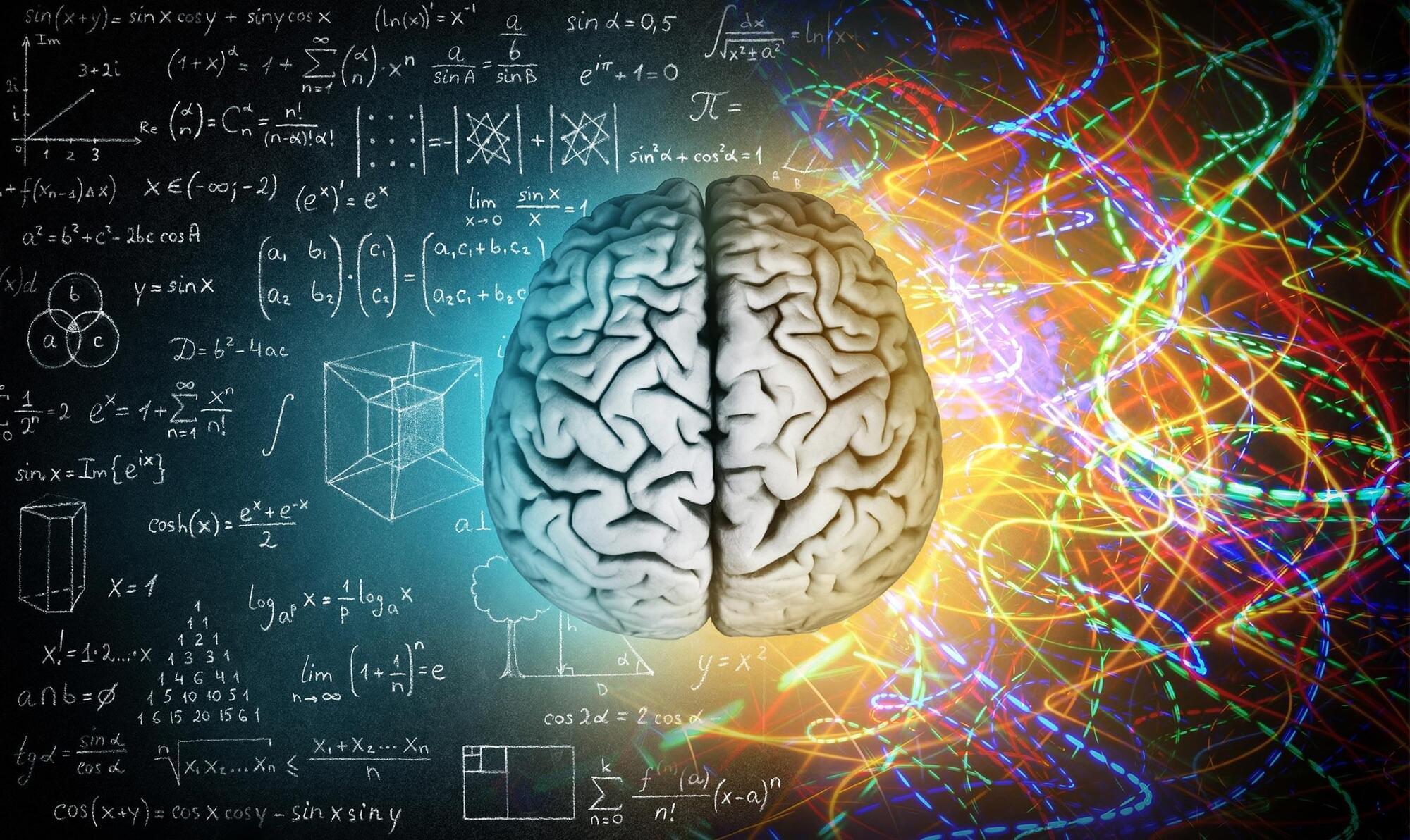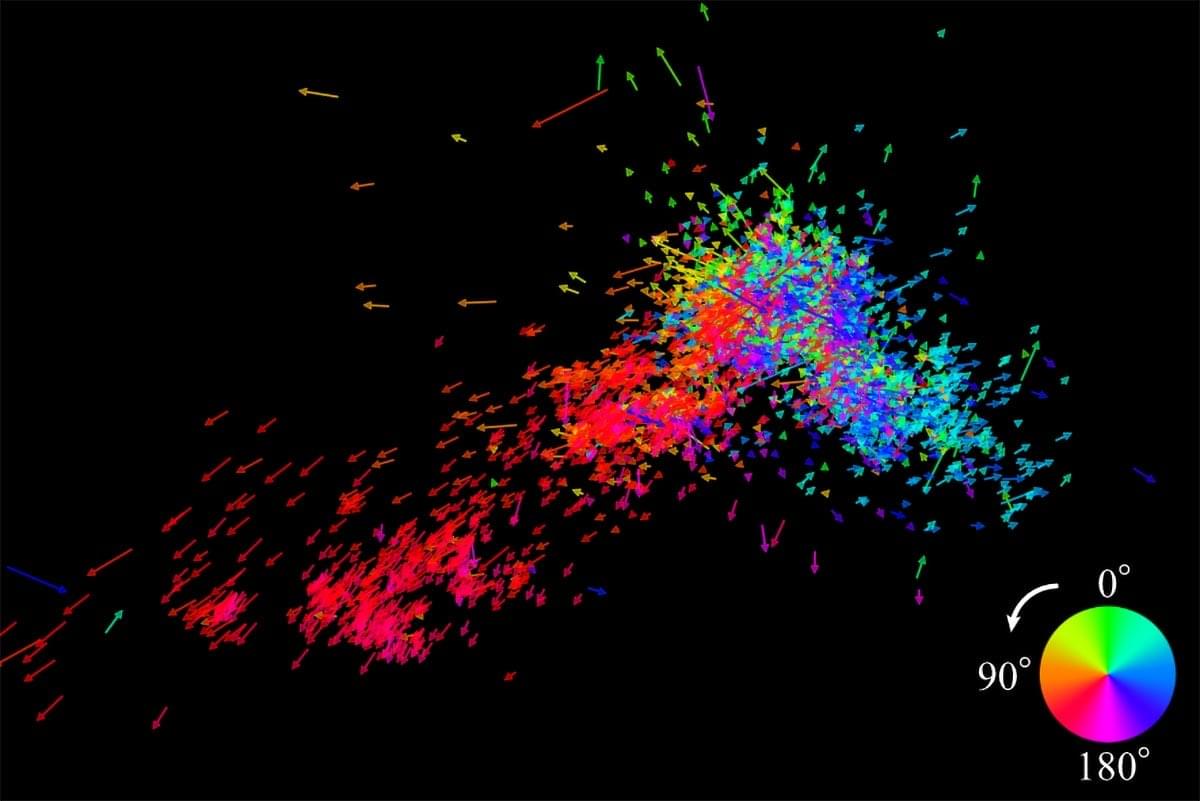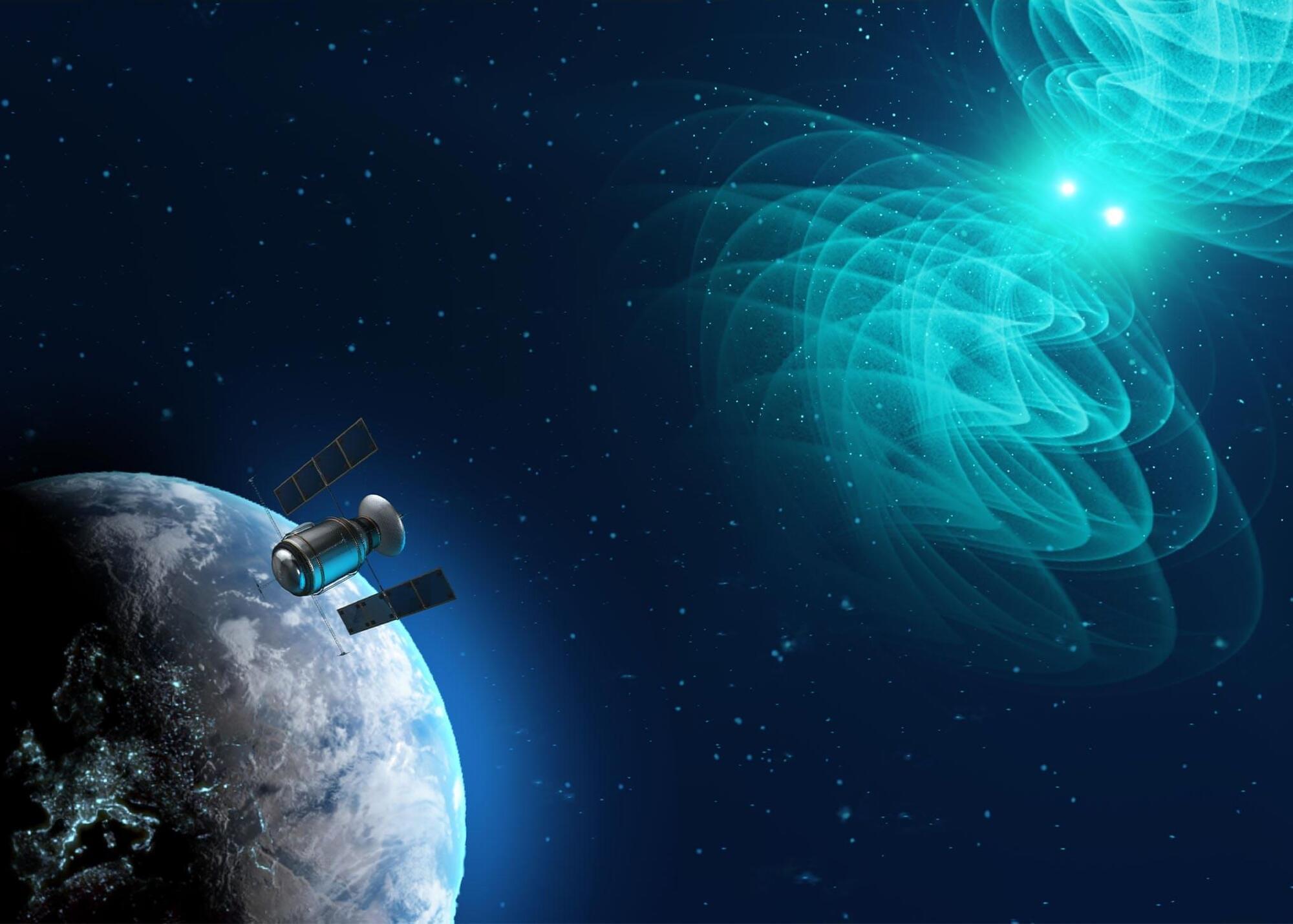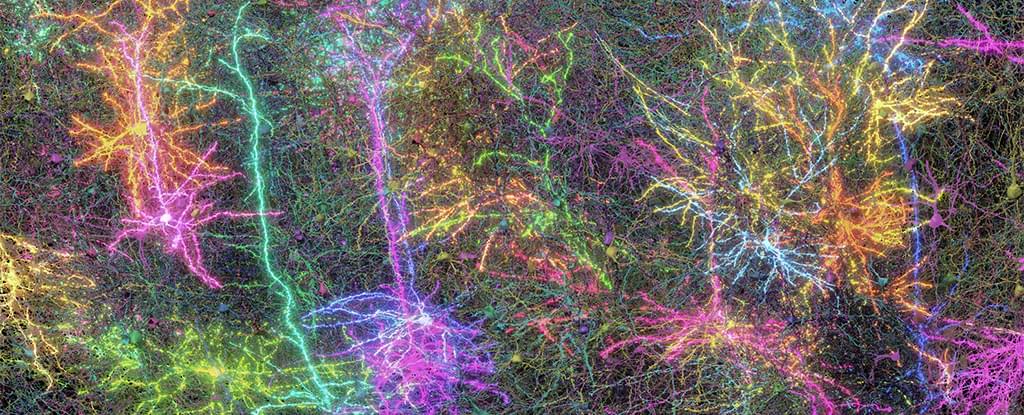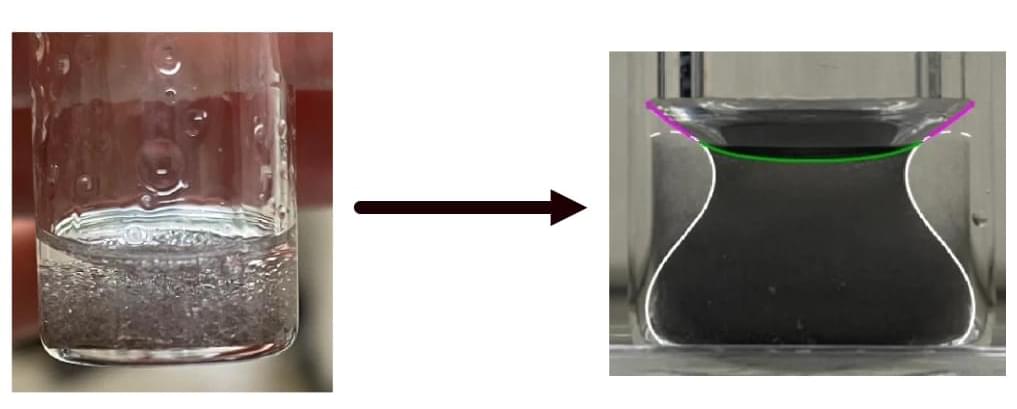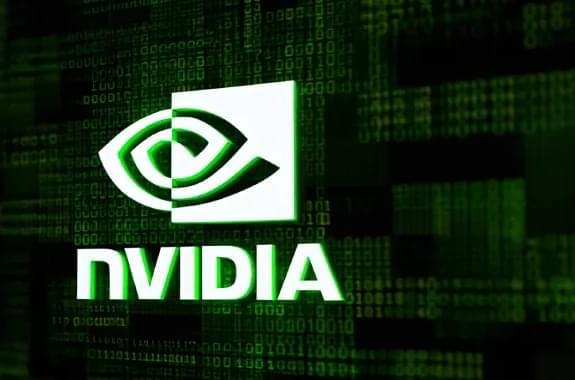Scientists have identified tricellulin loss as the root cause of dry mouth in Sjögren’s syndrome, and successfully reversed it in lab models. A major breakthrough has identified the loss of a crucial “gatekeeper” protein as the underlying cause of dry mouth in Sjögren’s syndrome, a discovery that
Scientists from the KATRIN experiment have achieved the most precise upper limit ever recorded for the mass of the mysterious neutrino – clocking in at less than 0.45 electron volts.
This breakthrough not only tightens the constraints on one of the universe’s most elusive particles but also challenges and extends the boundaries of the Standard Model of physics.
Breaking new ground in neutrino mass measurement.
When doing tasks that require little attention, people who let their minds wander show brain activity similar to sleep. This sleep-like activity has been linked to improved performance. When people let their minds wander during tasks that require focus and active thinking, their learning and perf
Astronomers have discovered that the Small Magellanic Cloud, a nearby dwarf galaxy, is being torn apart by the gravitational pull of its larger neighbor, the Large Magellanic Cloud.
By tracking thousands of massive stars, researchers found that the galaxy lacks rotational motion and shows signs of disruption, which could dramatically shift our understanding of how galaxies interact and evolve. This discovery offers a rare real-time look into the cosmic tug-of-war that may have shaped galaxies in the early universe.
Gravitational Tug-of-War Between Galaxies.
A machine learning method has the potential to revolutionize multi-messenger astronomy. Detecting binary neutron star mergers is a top priority for astronomers. These rare collisions between dense stellar remnants produce gravitational waves followed by bursts of light, offering a unique opportunit
Trying to grasp the brain’s complexity is a little like trying to comprehend the vastness of space – it feels way beyond our scope of understanding.
By mapping a small part of a mouse brain down to an amazing level of detail, new research could help us grasp the magnitude of the neurological cosmos inside our heads.
Though the volume of brain matter analyzed was barely the size of a grain of sand, the researchers still had to describe the relationships between 84,000 neurons via half a billion synapse connections and 5.4 kilometers (3.4 miles) of neural wiring.
A container of oil and water separated by a thin skin of magnetized particles has intrigued a team of chemical engineers by taking on an unexpected ‘Grecian urn’ shape upon agitation.
“I thought ‘what is this thing?’,” graduate student Anthony Raykh from the University of Massachusetts Amherst recalled, after doing what all chemistry students love to do, mixing materials with intriguing properties just to see what would happen.
“So, I walked up and down the halls of the Polymer Science and Engineering Department, knocking on my professors’ doors, asking them if they knew what was going on.”
In 2021, the Office of the Director of National Intelligence (ODNI) released a report detailing recently declassified information on Unidentified Aerial Phenomena (UAP).
Since then, the Department of Defense has released annual reports on UAP through the All-domain Anomaly Resolution Office (AARO). Nevertheless, there is still a lack of publicly available scientific data.
To address this, a new study led by the Harvard-Smithsonian Center for Astrophysics (CfA) and the Galileo Project proposes an All-Sky Infrared Camera (Dalek) to search for potential indications of extraterrestrial spacecraft.
Incomplete fix for CVE-2024–0132 in NVIDIA Toolkit leaves Linux Docker hosts vulnerable to container escapes and DoS attacks.
Malicious npm package pdf-to-office trojanizes Atomic Wallet, Exodus apps to steal crypto funds, persisting after deletion.


